Antelope Bongo
Advertisements:
[The western or lowland bongo, Tragelaphus eurycerus eurycerus, is a herbivorous, mostly nocturnal forest ungulate and among the largest of the African forest antelope species.
Bongos are characterised by a striking reddish-brown coat, black and white markings, white-yellow stripes and long slightly spiralled horns. Indeed, bongos are the only Tragelaphid in which both sexes have horns. Bongos have a complex social interaction and are found in African dense forest mosaics.
The lowland bongo faces an ongoing population decline and the IUCN Antelope Specialist Group considers the western or lowland bongo, T. eurycerus eurycerus, to be Near Threatened on the conservation status scale.
The eastern or mountain bongo, T. eurycerus isaaci, of Kenya has a coat even more vibrant than that of T. eurycerus eurycerus. The mountain bongo is only found in the wild in one remote region of central Kenya. The mountain bongo is classified by the IUCN Antelope Specialist Group as Critically Endangered with more specimens in captivity than in the wild.
In 2000, the Association of Zoos and Aquariums (AZA) upgraded the bongo to a Species Survival Plan (SSP) Participant and in 2006 named the Bongo Restoration to Mount Kenya Project to its list of the Top Ten Wildlife Conservation Success Stories of the year]. – Wikipedia
Photos: The one month old newborn Bongo Antelope Calf ventures out in the cold in his enclosure at London Zoo on December 9, 2005 in London, England. The Bongo is under threat due to habitat destruction and hunting for bushmeat. As part of its Bushmeat & Forests Conservation Programme, Zoological Society of London is working to protect habitats and wildlife, such as the Bongo, from the bushmeat trade. (Photo by Christopher Lee/Getty Images)
Bongos are characterised by a striking reddish-brown coat, black and white markings, white-yellow stripes and long slightly spiralled horns. Indeed, bongos are the only Tragelaphid in which both sexes have horns. Bongos have a complex social interaction and are found in African dense forest mosaics.
The lowland bongo faces an ongoing population decline and the IUCN Antelope Specialist Group considers the western or lowland bongo, T. eurycerus eurycerus, to be Near Threatened on the conservation status scale.
The eastern or mountain bongo, T. eurycerus isaaci, of Kenya has a coat even more vibrant than that of T. eurycerus eurycerus. The mountain bongo is only found in the wild in one remote region of central Kenya. The mountain bongo is classified by the IUCN Antelope Specialist Group as Critically Endangered with more specimens in captivity than in the wild.
In 2000, the Association of Zoos and Aquariums (AZA) upgraded the bongo to a Species Survival Plan (SSP) Participant and in 2006 named the Bongo Restoration to Mount Kenya Project to its list of the Top Ten Wildlife Conservation Success Stories of the year]. – Wikipedia
Photos: The one month old newborn Bongo Antelope Calf ventures out in the cold in his enclosure at London Zoo on December 9, 2005 in London, England. The Bongo is under threat due to habitat destruction and hunting for bushmeat. As part of its Bushmeat & Forests Conservation Programme, Zoological Society of London is working to protect habitats and wildlife, such as the Bongo, from the bushmeat trade. (Photo by Christopher Lee/Getty Images)

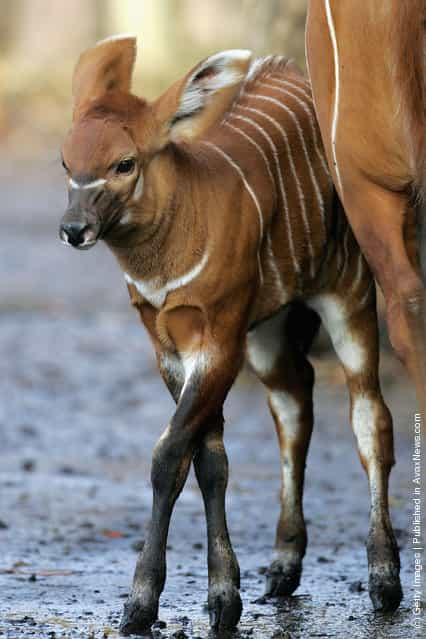

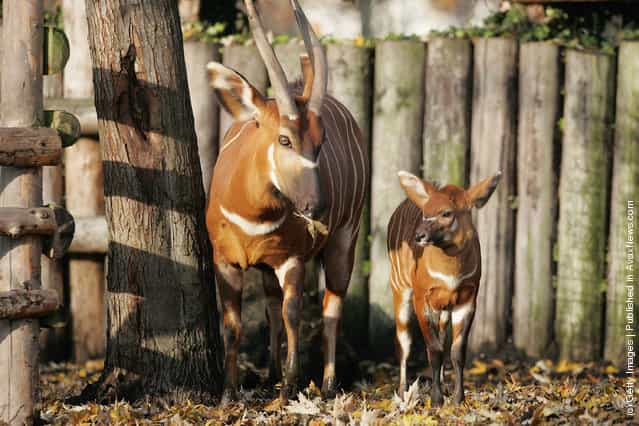
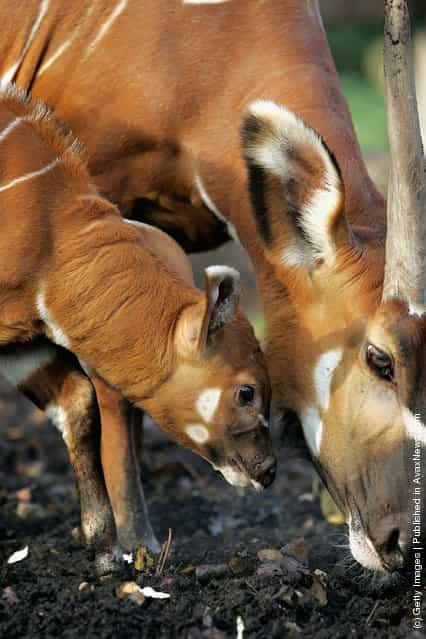
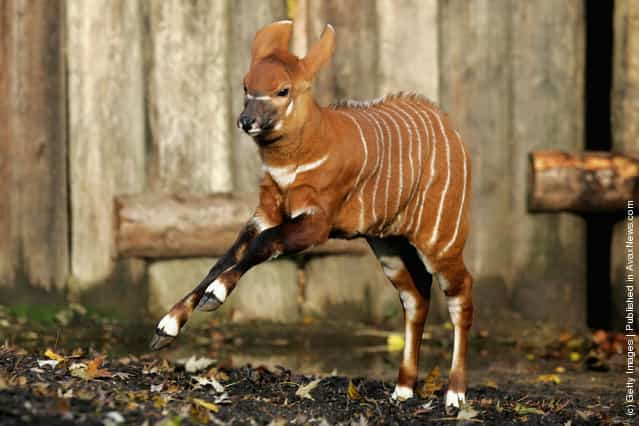
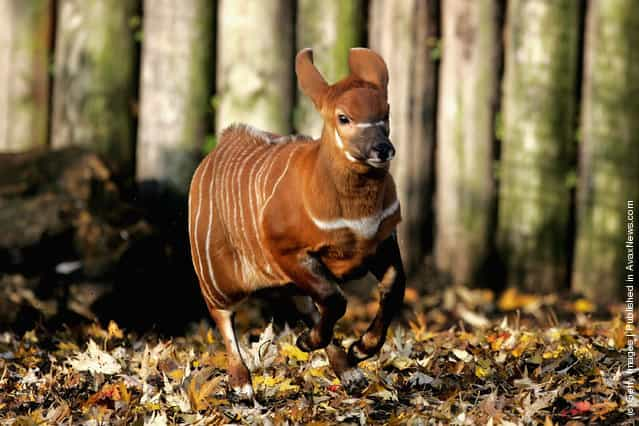
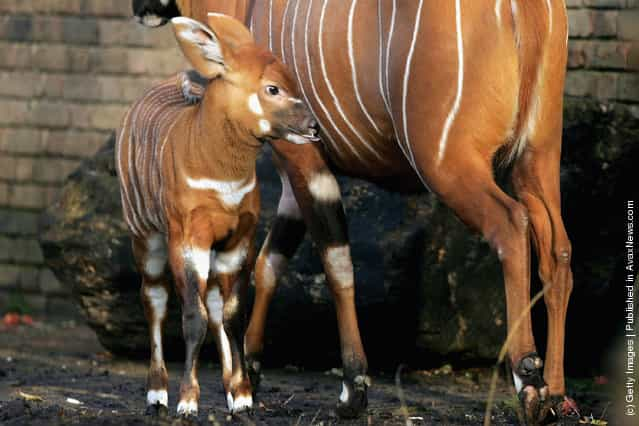
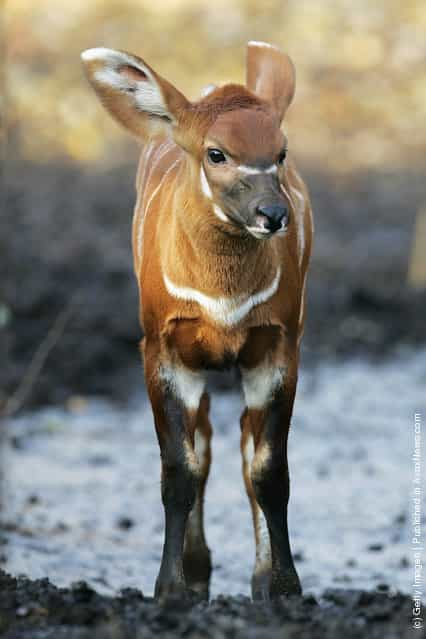
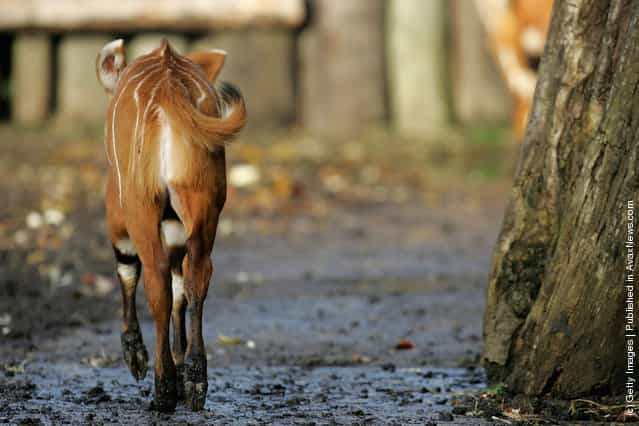
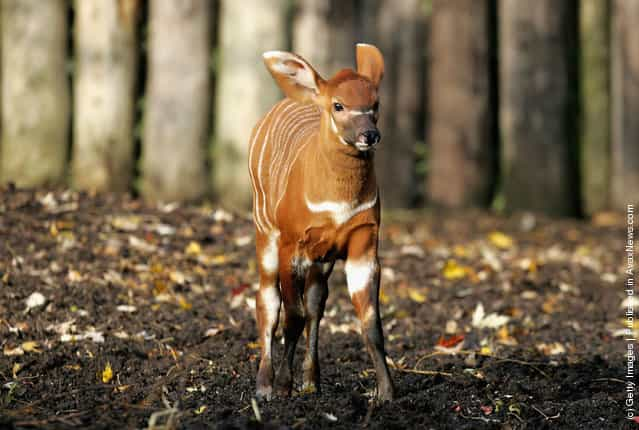
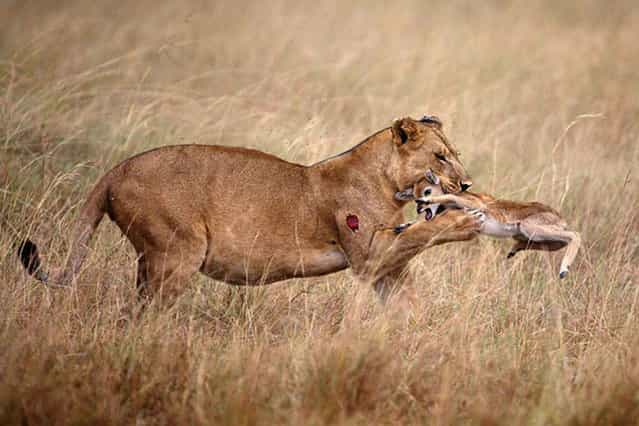

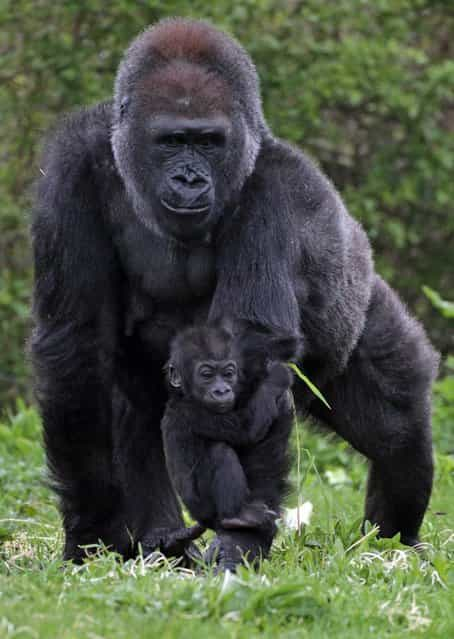
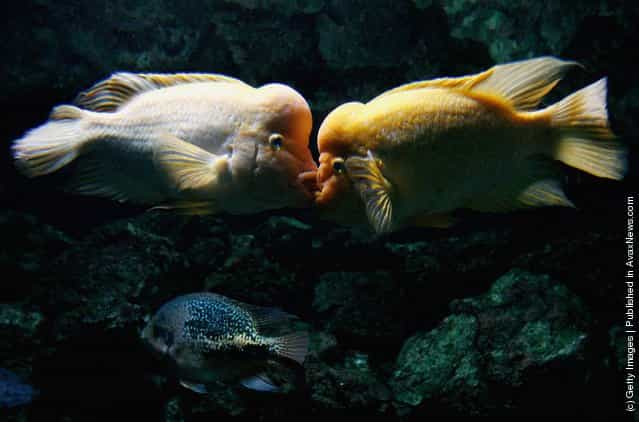

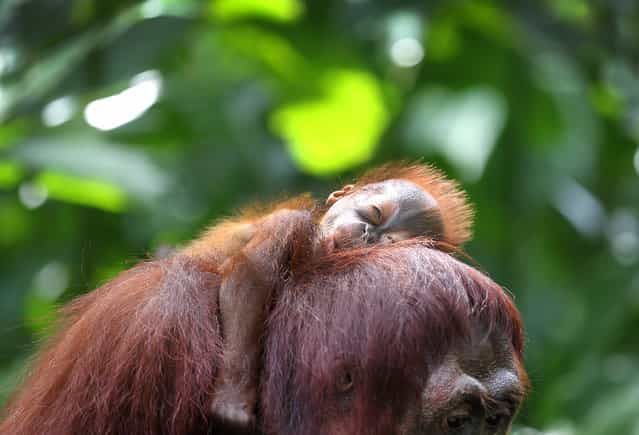
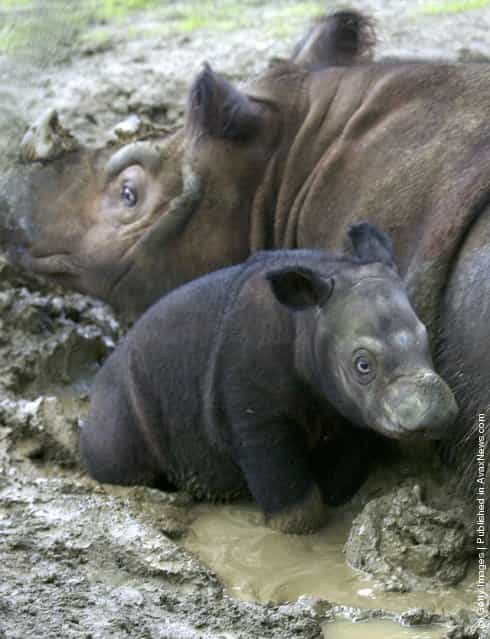


![Rare [Hybrid] Total Solar Eclipse Rare [Hybrid] Total Solar Eclipse](http://img.gagdaily.com/uploads/posts/fact/2013/short/00010c55_medium.jpg)






